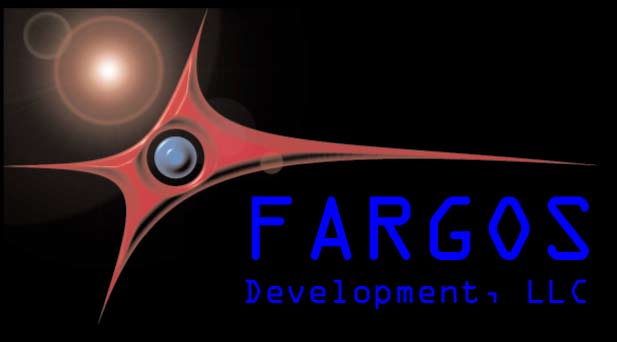
Object Implementation Language 2 (OIL2) is the successor to Object-Oriented G, which was renamed OIL in 1991 by the Open Software Foundation when it was selected for use in the OSF Distrbuted Management Environment. A complete example of OIL can be found in the appendix of this paper from 1992, which takes only 5 pages to document a distributed, load-balanced, fault-tolerant SNMP polling algorithm (used for network monitoring). It is instructive to contrast the simplicity and conciseness of that code with the capabilities of current network management platforms.
Peruse the directory of OIL2 Example Source Code to access the complete source code to several useful applications, including a distributed JobController, SMTP server, POP3 server, etc.
OIL2 shares an almost identical syntax with OIL, but any pre-existing OIL applications will invariably require modification due to the completely different runtime environments.
The oil2script executable enables OIL2 to be used as a scripting language.
Almost every class implementation intended for a FARGOS/VISTA™ Object Management Environment is written in OIL2. Some of the reasons include:
The "FARGOS/VISTA Examples" document contains many complete (and, hopefully, interesting) examples that are written in OIL2. Some example OIL2 source code can be downloaded from the OIL2 Example Source code directory. The language is described in the "OIL2 Reference Manual". An OIL2 compiler is provided with the FARGOS/VISTA Software Development Kit; however, the functionality available to a particular developer is controlled by a license. The default license only permits the generation of OIL2 Architecture Neutral Format object code and documentation.